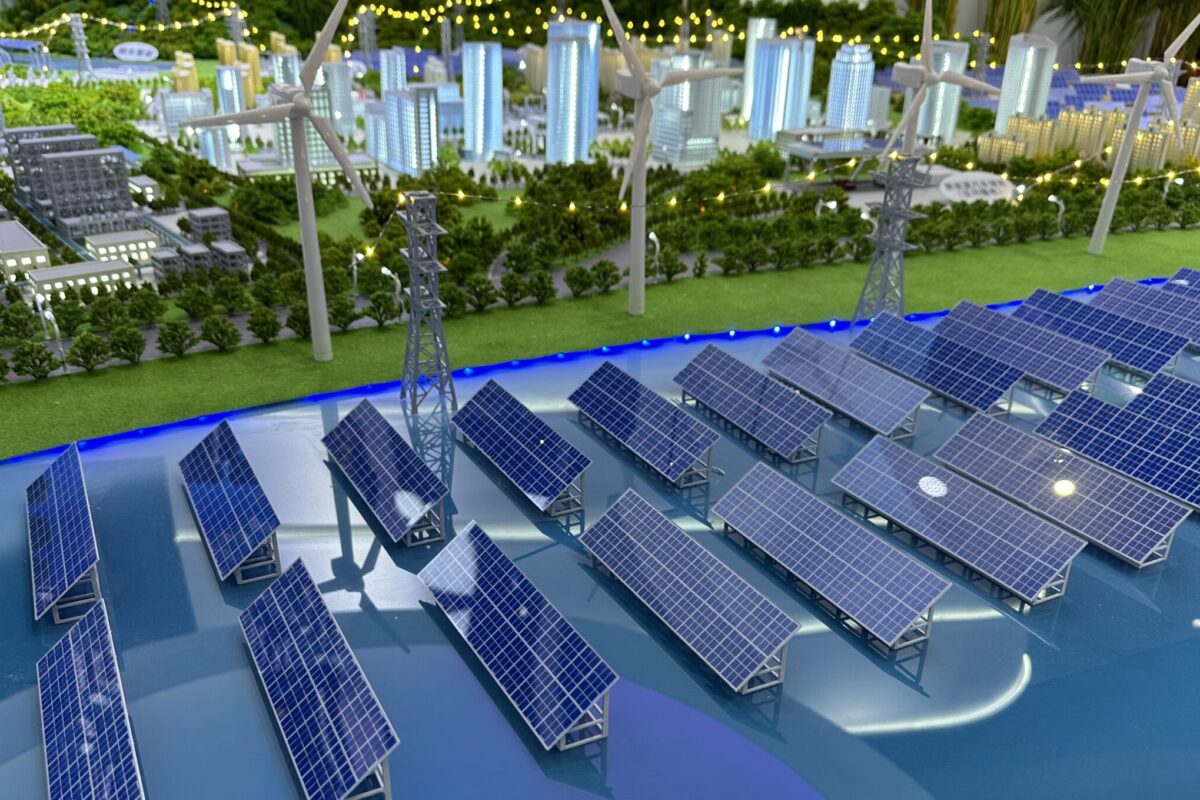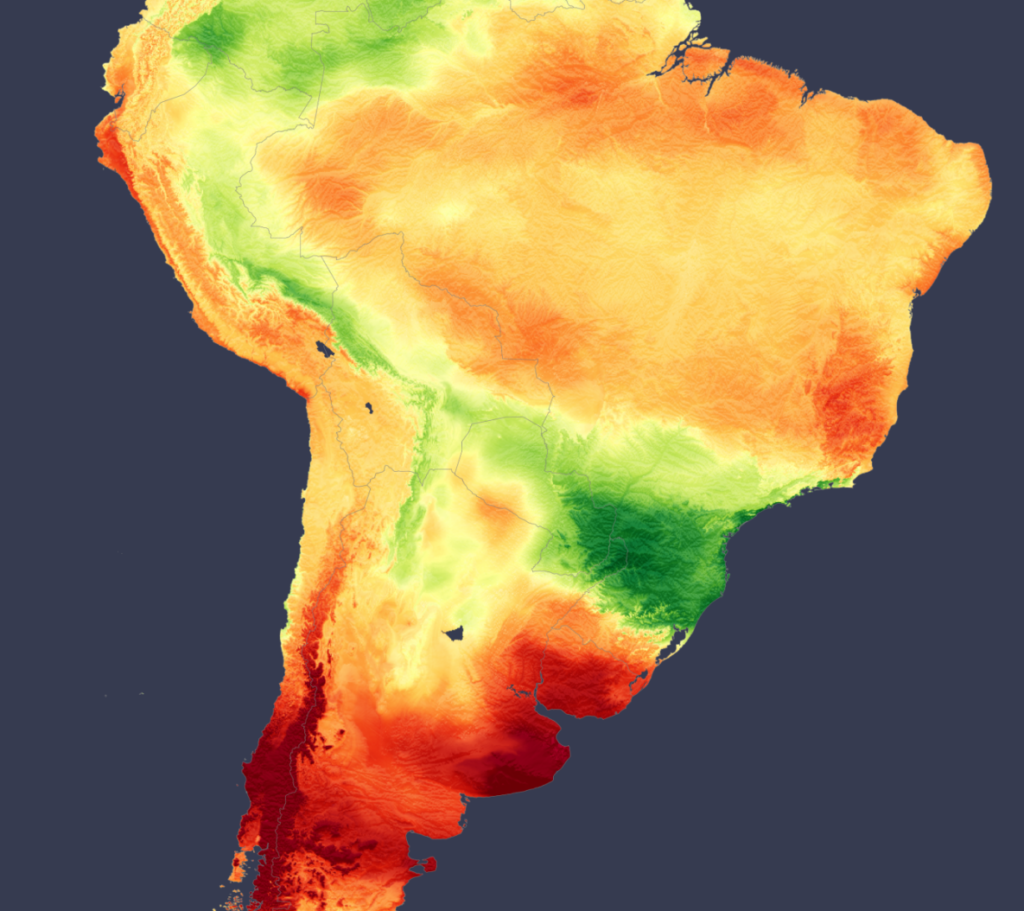In a new weekly update for pv magazineSolcast, a DNV company, reports that aerosols from Brazilian forest fires significantly reduced solar radiation in parts of South America in July, although a persistent high-pressure system over the South Pacific increased radiation in Chile and Argentina.
According to analysis using the Solcast APIlarge parts of northern Brazil saw +10% more insolation than normal in July, while parts of Uruguay, Argentina and Chile had up to 20% more insolation than normal. However, Brazil’s forest fires were much more intense than normal in July, with more fires than in almost two decades. The smoke affected radiation in southern Brazil, while stable weather in western regions increased radiation in the north of the country and the high concentration of solar energy north of Rio de Janeiro.
Brazil’s wildfires, fueled by exceptionally dry conditions, positive temperature anomalies and high winds, caused a dramatic spike in aerosol levels across South America. These aerosols, which absorb and scatter sunlight, caused a noticeable reduction in solar radiation. The impact was widespread, with aerosol plumes moving southeast and affecting areas well beyond the Amazon basin. This can be seen in the ‘bright irradiance’ anomaly below. The clear sky irradiance measures the available irradiation before clouds come into effect.
Brazil’s forest fires soared in July, with the number of fires since the start of the year almost 20 times higher than in the same period of 2023. A combination of near-zero daily precipitation and high temperatures has led to rampant fires and has contributed to one of the most severe drops in clear-sky radiance observed in recent years.
In contrast, the South Pacific High – a persistent high-pressure system west of Chile – led to a significant increase in solar radiation in Chile and Argentina. This high-pressure ridge, which was stronger than normal, stabilized the atmosphere, suppressed cloud formation and reduced rainfall in these areas. As a result, irradiation levels rose by as much as 20% compared to the July average, providing a significant boost to solar energy production. Daily precipitation averages also fell by about half, reinforcing dry, clear conditions favorable for solar energy generation.
However, the southernmost tip of South America saw cooler temperatures and reduced solar radiation due to winds coming from further south than normal. These winds brought cold air from the polar regions into the continent, lowering average temperatures in parts of Chile, Argentina, Paraguay and Bolivia by as much as 6 degrees Celsius. Stronger than normal easterly winds in southern Chile, combined with strong anticyclonic winds orbiting the South Pacific High, brought moist air from the Pacific Ocean inland. This led to increased rainfall and a 10% to 20% decrease in solar radiation in the affected southern regions.
Solcast produces these figures by tracking clouds and aerosols worldwide at a resolution of 1-2 km, using proprietary satellite data AI/ML algorithms. This data is used to drive irradiance models, allowing Solcast to calculate high-resolution irradiance, with a typical deviation of less than 2%, as well as cloud tracking predictions. This data is used by more than 300 companies that manage more than 150 GW of solar energy worldwide.
The views and opinions expressed in this article are those of the author and do not necessarily reflect those of the author pv magazine.
This content is copyrighted and may not be reused. If you would like to collaborate with us and reuse some of our content, please contact: editors@pv-magazine.com.
Popular content




